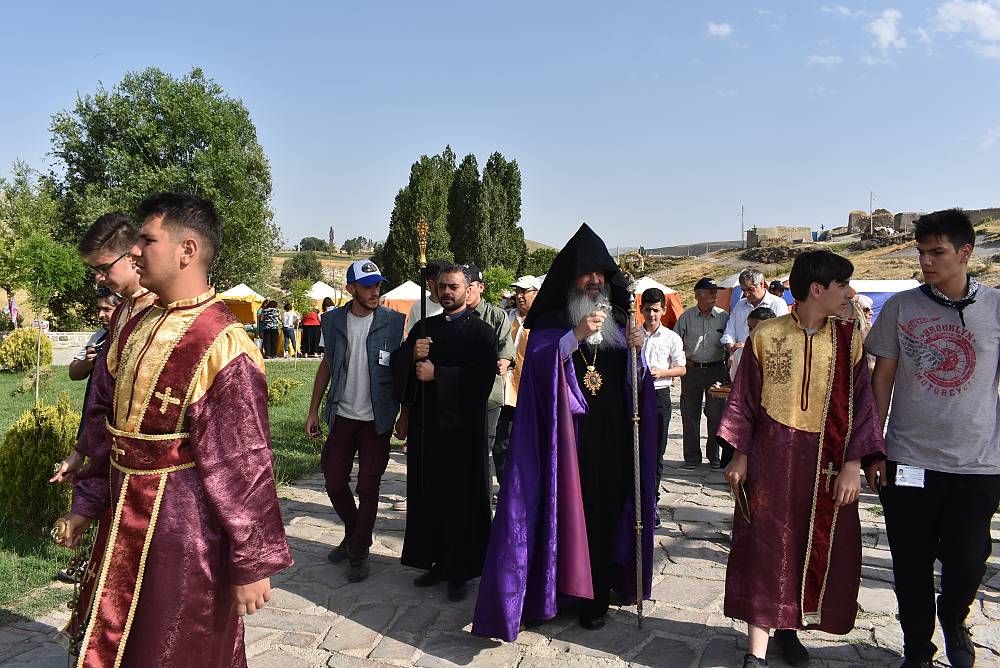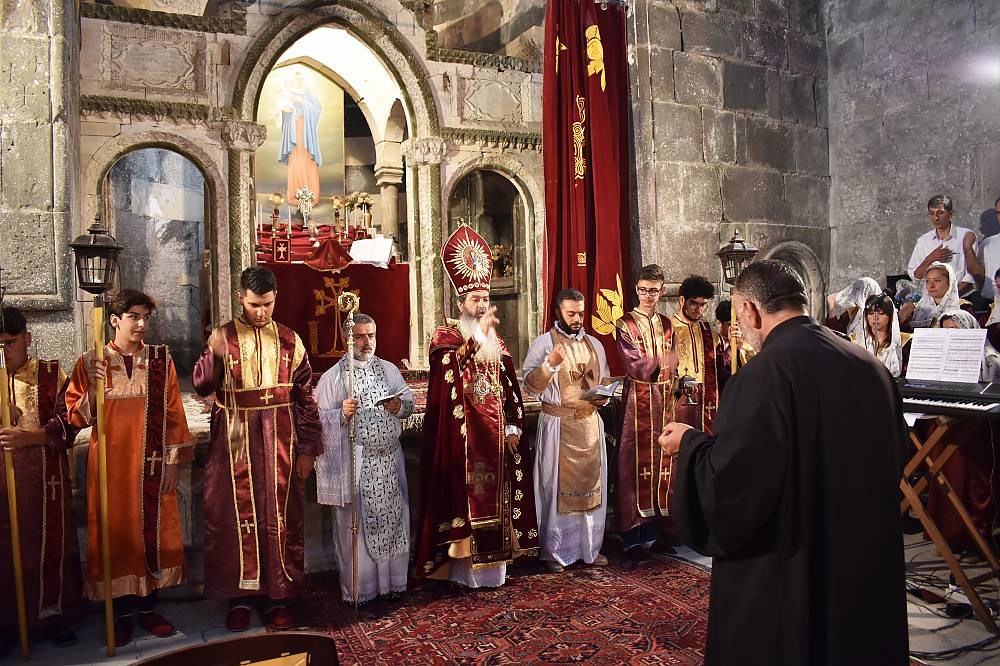The annual three-day pilgrimage to St. Thaddeus Apostle Monastery in northwestern Iran is held each July. The pilgrimage venerates two prominent saints: St. Thaddeus, one of the first apostles preaching Christianity, and St. Santukhd, the first female Christian martyr. The bearers of the element are the Armenian population in Iran, Iranian-Armenians residing in Armenia, and followers of the Armenian Apostolic Church. Pilgrims gather in Tabriz before departing for the monastery. They cover 700 kilometers from Yerevan to the monastery annually. The commemoration ceremony includes special liturgies, processions, prayers and fasting. It culminates in a Holy Mass with Holy Communion. Special times are set aside for traditional Armenian folk performances and Armenian dishes are served. The pilgrimage is the primary social and cultural event of the year. Because attendees reside in tents in close proximity to one another, the sense of community is enhanced. The monastery has been a pilgrimage site for over nineteen centuries. However, during the years of Soviet power in Armenia, participating in the pilgrimage was prohibited. Bearers of the element preserved cultural memories of the pilgrimage and transmitted it to families and communities. Only after independence in the 1990s was the pilgrimage from Armenia resumed.










